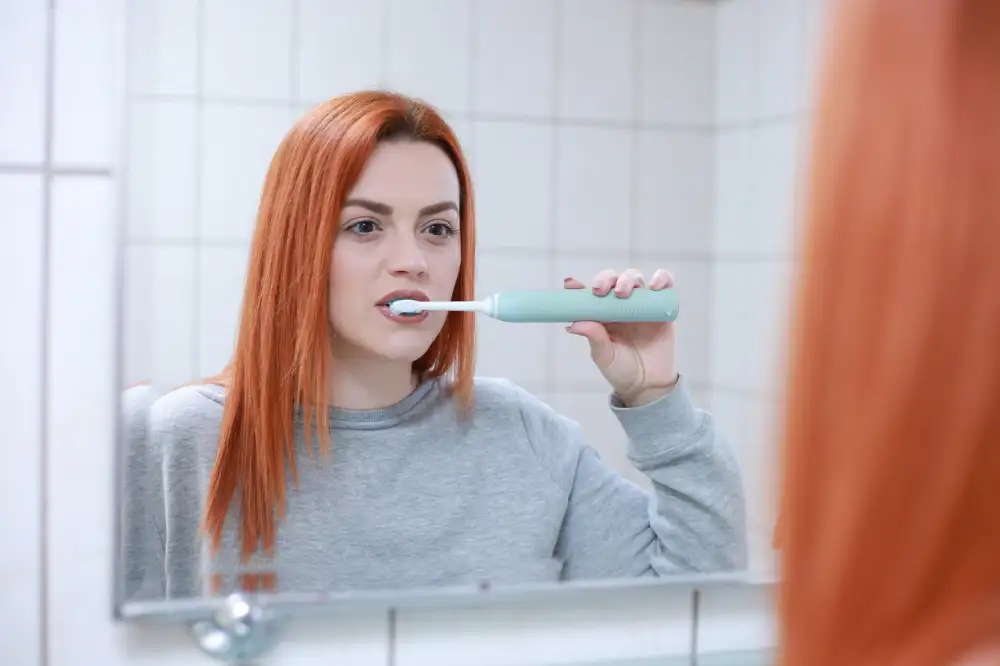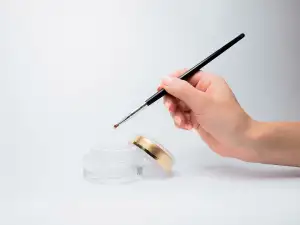Unlock the Benefits of Dry Brushing Teeth: A Toothpaste-Free Dental Routine for Healthier Smiles

Dry brushing teeth is a traditional dental hygiene practice that involves using a dry toothbrush without toothpaste to clean the teeth and gums. This technique has been gaining popularity recently as people seek natural and chemical-free alternatives for oral care. Dry brushing teeth can help remove plaque, prevent cavities, and promote healthier gums. It is also believed to stimulate saliva production, which aids in remineralizing the enamel and maintaining oral health. Let's explore the benefits and steps of incorporating dry brushing into your dental routine for a brighter smile!
Benefits of Dry Brushing Teeth
**Benefits of Dry Brushing Teeth**
Dry brushing teeth offers a range of benefits that can contribute to better oral health. Firstly, it helps in removing plaque buildup effectively, reducing the risk of cavities and gum disease. Additionally, dry brushing can help to eliminate bad breath by thoroughly cleaning the tongue and gums. It also promotes healthy gums by stimulating blood flow and promoting gum tissue health. Moreover, this technique can lead to whiter teeth by removing surface stains and enhancing overall dental aesthetics. Overall, incorporating dry brushing into your dental routine can result in a healthier smile and improved oral hygiene.
Steps to Dry Brushing Teeth
**Steps to Dry Brushing Teeth**
1. **Choose the Right Tool**: Select a toothbrush with soft bristles to avoid damaging your gums and enamel.
2. **Begin at the Gum Line**: Hold the brush at a 45-degree angle and gently brush in circular motions along the gum line.
3. **Brush Each Tooth**: Move from one tooth to the next, ensuring you brush all surfaces - front, back, and chewing surfaces.
4. **Focus on Pressure**: Use light pressure to avoid causing irritation or abrasions on your teeth and gums.
5. **Brush Your Tongue**: Don't forget to gently brush your tongue to remove bacteria and freshen breath.
6. **Rinse Thoroughly**: After brushing, rinse your mouth with water to remove any loosened debris.
By following these simple steps, you can effectively incorporate dry brushing into your dental routine for healthier smiles.
Precautions and Tips for Dry Brushing Teeth
1. Choose a toothbrush with soft bristles to avoid damaging the enamel and gums.
2. Avoid pressing too hard while brushing to prevent abrasion of the teeth and gums.
3. Use gentle, circular motions when brushing to effectively remove plaque without causing harm.
4. Replace your toothbrush every 3-4 months or sooner if the bristles are frayed.
5. Clean your toothbrush thoroughly after each use and store it in an upright position to air dry.
6. Do not share your toothbrush to prevent the spread of bacteria and infections.
7. Consult your dentist regularly for check-ups and professional cleanings to maintain oral health.
By following these precautions and tips, you can ensure that your dry brushing routine is effective and safe for maintaining healthier smiles.
**Conclusion and Final Thoughts**
In conclusion, dry brushing teeth is a simple yet effective dental hygiene practice that offers numerous benefits for oral health. By incorporating this toothpaste-free routine into your daily regimen, you can experience reduced plaque buildup, improved gum health, fresher breath, and potentially whiter teeth. Remember to use a soft-bristled toothbrush and gentle pressure to avoid damaging your enamel or gums. With proper technique and consistency, dry brushing can be a valuable addition to your oral care routine, promoting healthier smiles and overall well-being. So why not give it a try and unlock the benefits of dry brushing for yourself?
Published: 07. 03. 2024
Category: Health



